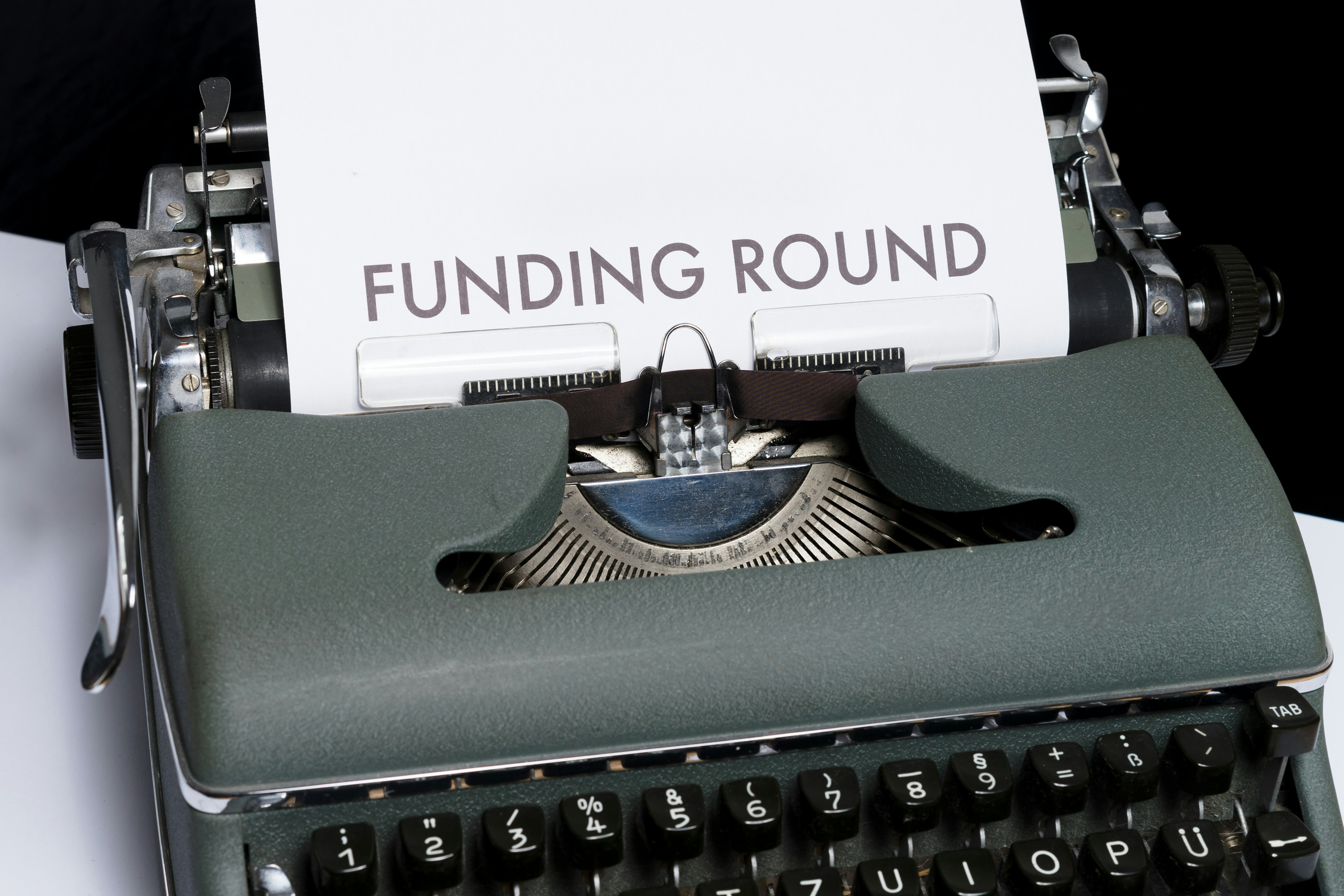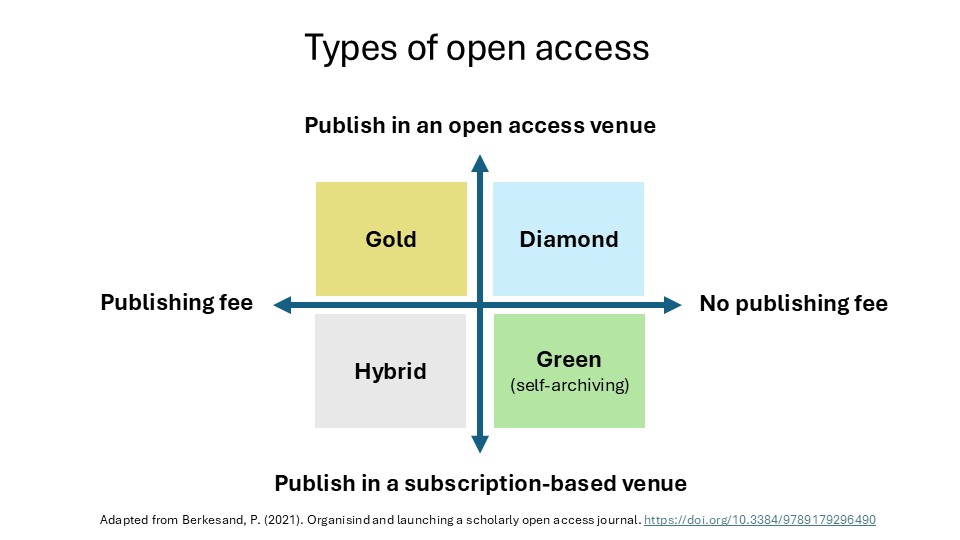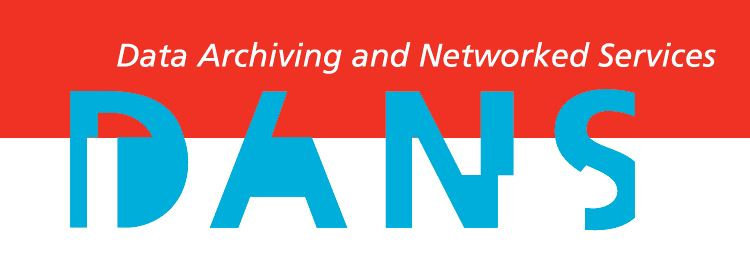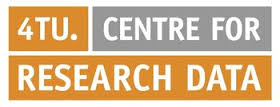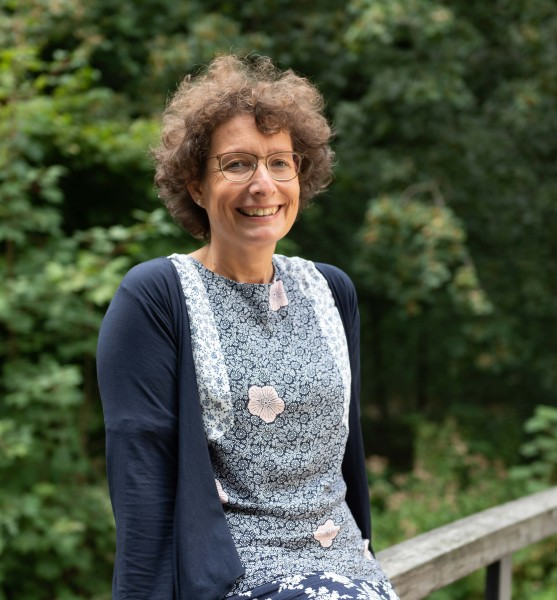Open access means free and unlimited access to scholarly information. The open access business model does not rely on end-users paying subscription fees to access publications. Instead, most open access journals generate revenues by charging article processing charges (APCs) for publication. These fees may be covered by the author, the author's institution or by the research funder. This principle ensures that the financial burden shifts from end users - who used to be charged for reading -, to authors, universities, libraries and research funders - who are charged for publishing.
The cost of APCs varies considerably depending on the publisher and the journal. The average APC is estimated to be around €2,000, although fees can be significantly lower (e.g. €450 Ubiquity Press or $800 Sage Open) or higher (e.g. €4,290 Nature Communications or €5,200 Cell Reports).
It is a common misconception that all open access journals charge APCs for publication. According to the data available in the Directory of Open Access Journals, the large majority of open access journals do not charge publication fees.
Funding from universities
As a first step, authors are always recommended to check whether their institution has arrangements with publishers which might entitle them to waivers or discounts on APCs. In the Netherlands researchers can publishing open access for free in thousands of journals, thanks to a series of deals between the VSNU and various academic publishers. The journals that are part of these arrangements can be found using the Journal Browser.
Publication in journals that are not part of these agreements can alternatively be covered by institutional, departmental or faculty funds. Researchers are advised to inquire about possible funding opportunities with their libraries.
Funding from research funders
Most research funding organizations have adopted policies that make open access mandatory for grantees (see also Plan S), including the Netherlands Organisation for Scientific Research (NWO), the European Commission (H2020) and the European Research Council (ERC).
Researchers that are financed by a different funding organization can consult the SHERPA Juliet database to learn about their funders’ open access requirements. Open access costs are eligible for reimbursement from research grants and should be budgeted for in funding applications.



